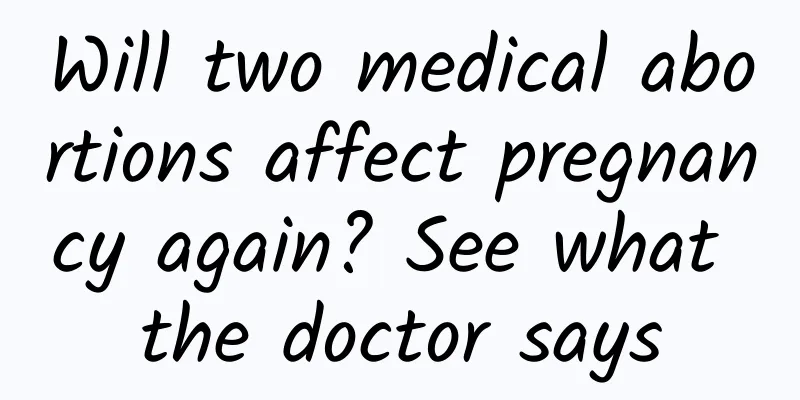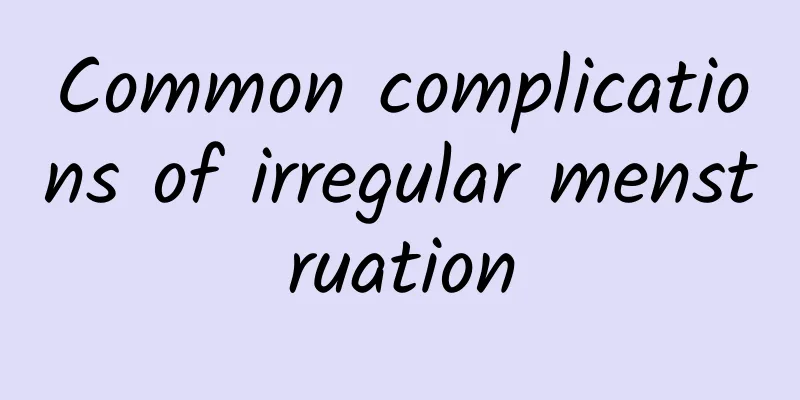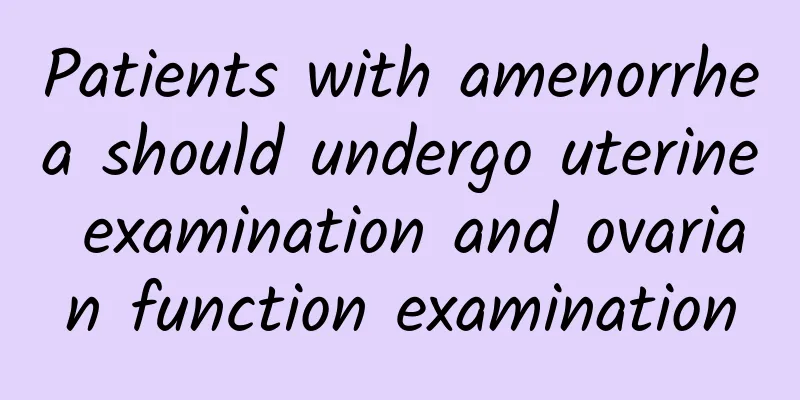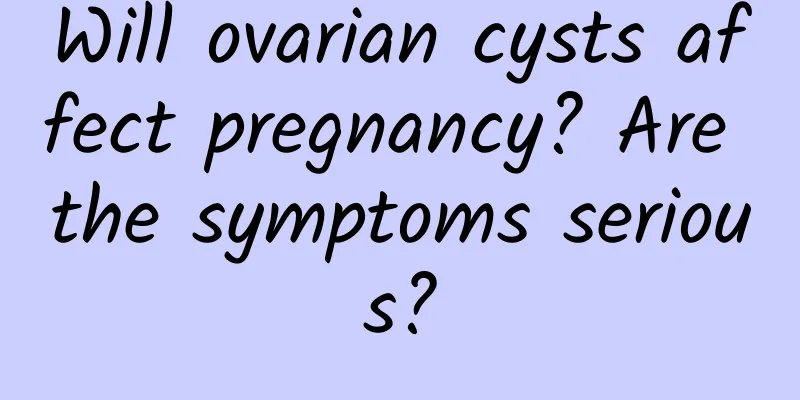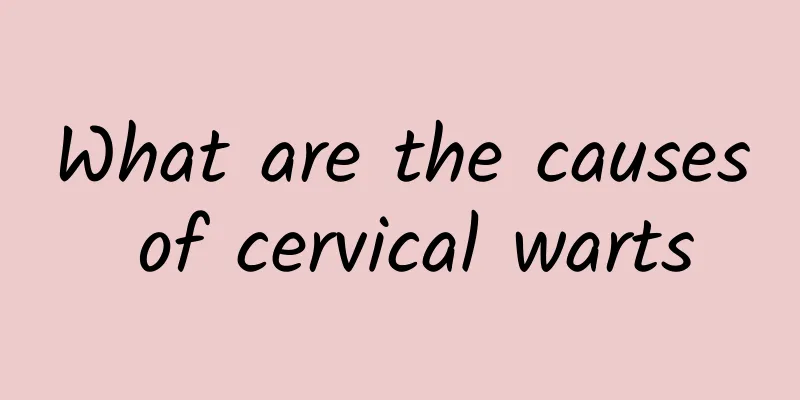How to treat uterine fibroids? There are several treatment methods for uterine fibroids.
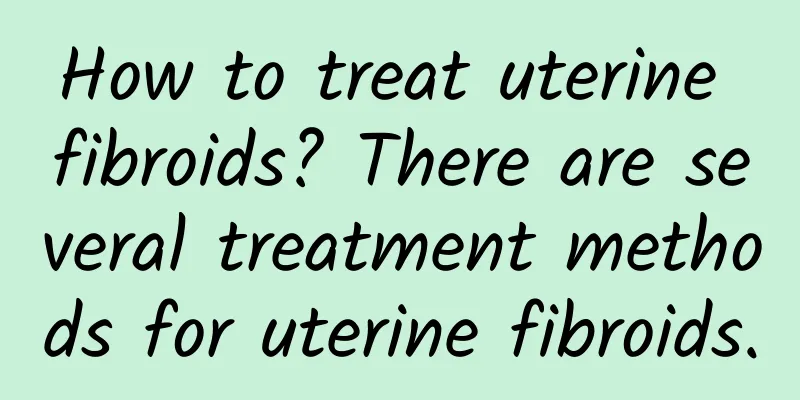
|
Uterine fibroids are one of the most common benign tumors in the female reproductive organs and one of the most common tumors in the human body. They are also called fibroids and uterine fibroids. Because uterine fibroids are mainly composed of the proliferation of uterine smooth muscle cells and a small amount of fibrous connective tissue exists as supporting tissue, they are more accurately called uterine leiomyoma. Uterine fibroids. What are the treatments for uterine fibroids? 1. Laparoscopic resection. This treatment method is minimally invasive surgery. The maximum size of the abdominal wall wound is 1.5 cm. The uterine fibroids are located between the muscle walls and protrude toward the serosal surface, that is, toward the abdominal cavity. Pregnancy can be prepared 6 months after surgery. 2. Hysteroscopic surgery and transurethral resection of uterine fibroids. This treatment method is a minimally invasive surgery with no incision in the abdominal wall. It is suitable for the removal of uterine fibroids located between the uterine cavity or close to the mucosal surface. The patient will recover 3 months after surgery, and generally you can prepare for pregnancy 3 months later. 3. Open uterine myomectomy. Because uterine fibroids are large, multiple fibroids can be removed by open uterine myomectomy. You can prepare for pregnancy six months after surgery. Pay attention to follow-up after surgery. Many patients will have recurrence of fibroids. For example, regular inspections should be conducted 16 weeks after pregnancy to observe changes in uterine scars and be alert to uterine rupture. If uterine fibroids are found to be protruding, early surgery is recommended. Small wounds of fibroids heal well. If the fibroids are small, asymptomatic, without complications or malignant changes, surgery is generally not required. Especially for people approaching menopause, due to the low estrogen levels after menopause, the fibroids will naturally shrink or disappear, and only regular checkups are needed. If the fibroids are found to be enlarged or the symptoms are obvious, further treatment should be considered. |
<<: What should I do if I have uterine fibroids? What is the treatment for uterine fibroids?
>>: How to treat early uterine fibroids? Is the incidence of early uterine fibroids high?
Recommend
Don't make these 4 mistakes when exercising: 3 keys to effective exercise
In recent years, the number of people in Taiwan w...
Drugs that are more effective in delaying menopause
There is no most effective medicine for delaying ...
Pain on the outside of the breast after two months of amenorrhea
Amenorrhea for two months accompanied by breast p...
What medicine should I take to treat uterine fibroids? How long does it take for uterine fibroids to disappear?
Uterine fibroids refer to lumps formed by the pro...
Can cone biopsy be performed for abnormal leucorrhea?
Whether abnormal vaginal discharge requires coniz...
Where is the ectopic pregnancy?
Ectopic pregnancy may occur outside the uterine c...
Methods for preventing vulvar leukoplakia in children
Nowadays, vulvar leukoplakia has become a common ...
What is watery leucorrhea? There are many reasons
Perhaps many women in their lives will observe th...
What are the symptoms of ectopic pregnancy?
Ectopic pregnancy refers to the implantation of t...
Vaginitis care measures for women to see
It is very important for patients with vaginitis ...
What to eat if you are born without vagina
What should women with congenital vaginal amenorr...
How to abort a pregnancy one month later? There are two ways
In daily life, when a female friend is pregnant f...
The best time to take medication for threatened abortion
Being pregnant and having a baby is a very happy ...
Simple face-lift secrets to save difficult face-lifts
Ladies who want to slim down their faces, look he...
Are there any side effects of abortion?
Are there any side effects of abortion? Abortion ...



